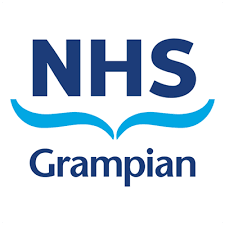As the Right Decisions platform has a content management system, and links out to content from external providers, there may be instances of content provider generated content that is not yet accessible.
We provide guidance and support to assist the content providers in ensuring that all the content on the websites and apps accessed through the Right Decisions platform is as simple as possible and more accessible to all users. The responsibility to ensure that the content is conformant with WCAG 2.1 lies with the content providers.
PDFs and other documents
We provide guidance and support to assist the content providers using the Right Decisions platform to ensure that any new PDFs or Word documents they publish will meet accessibility standards.

